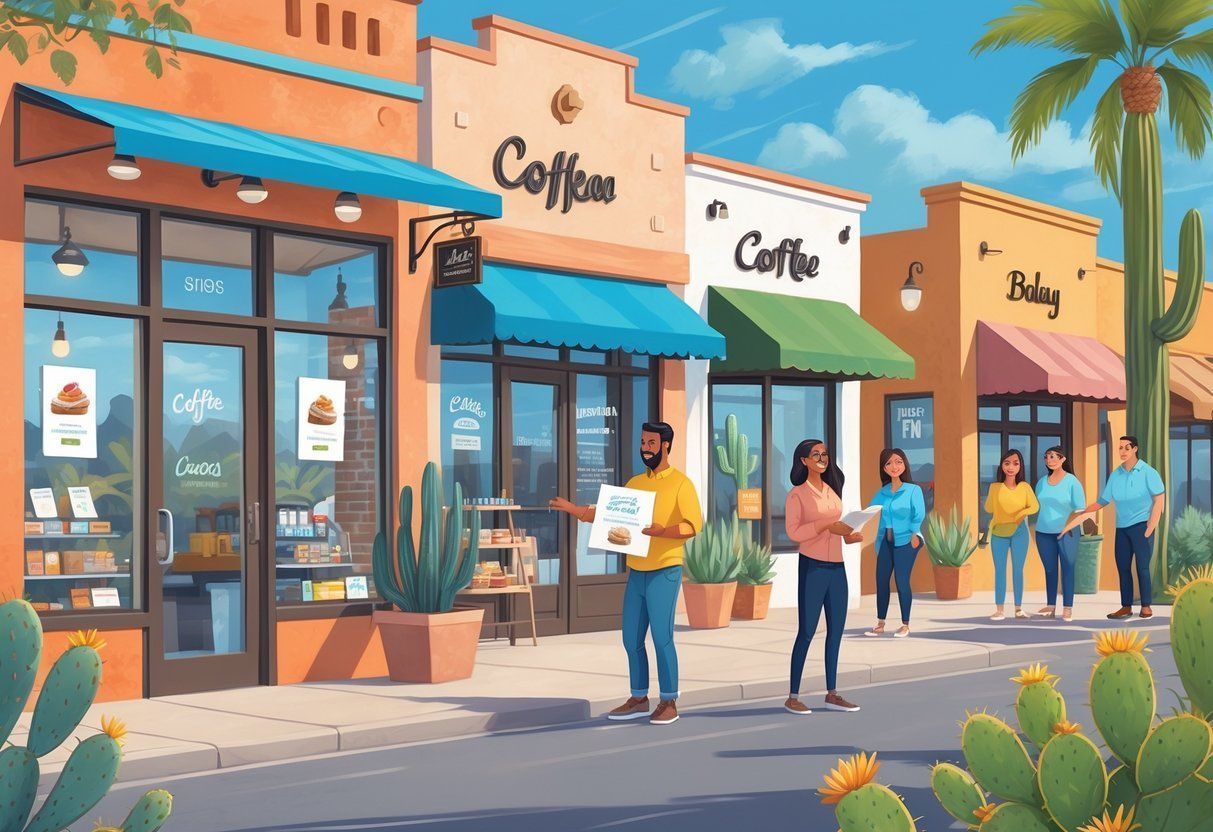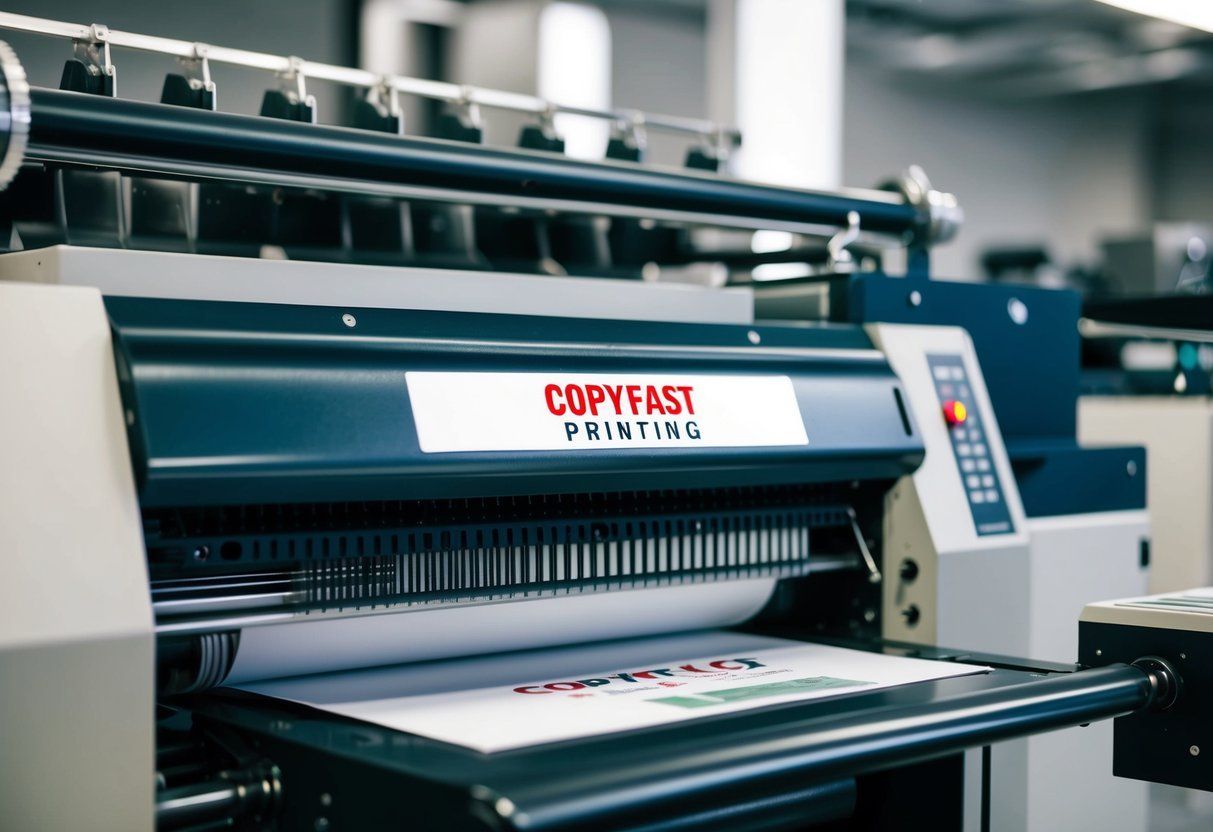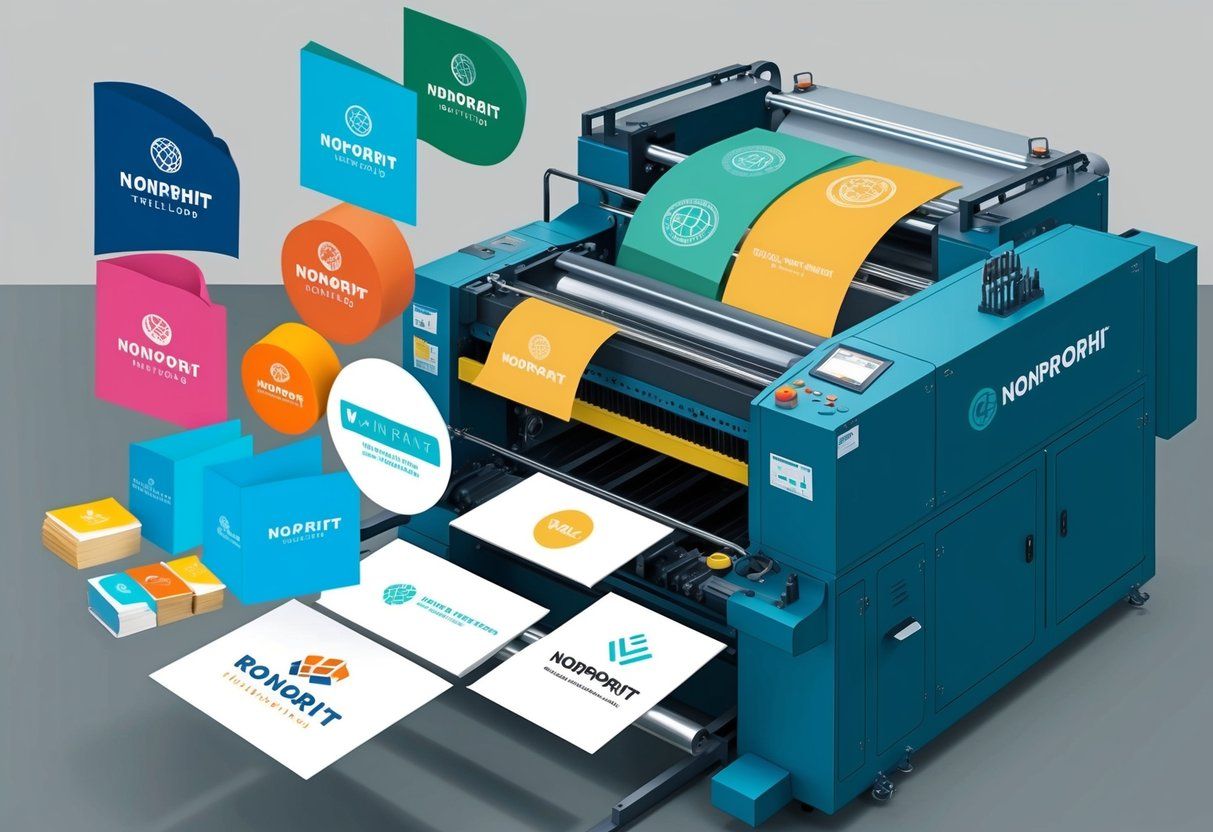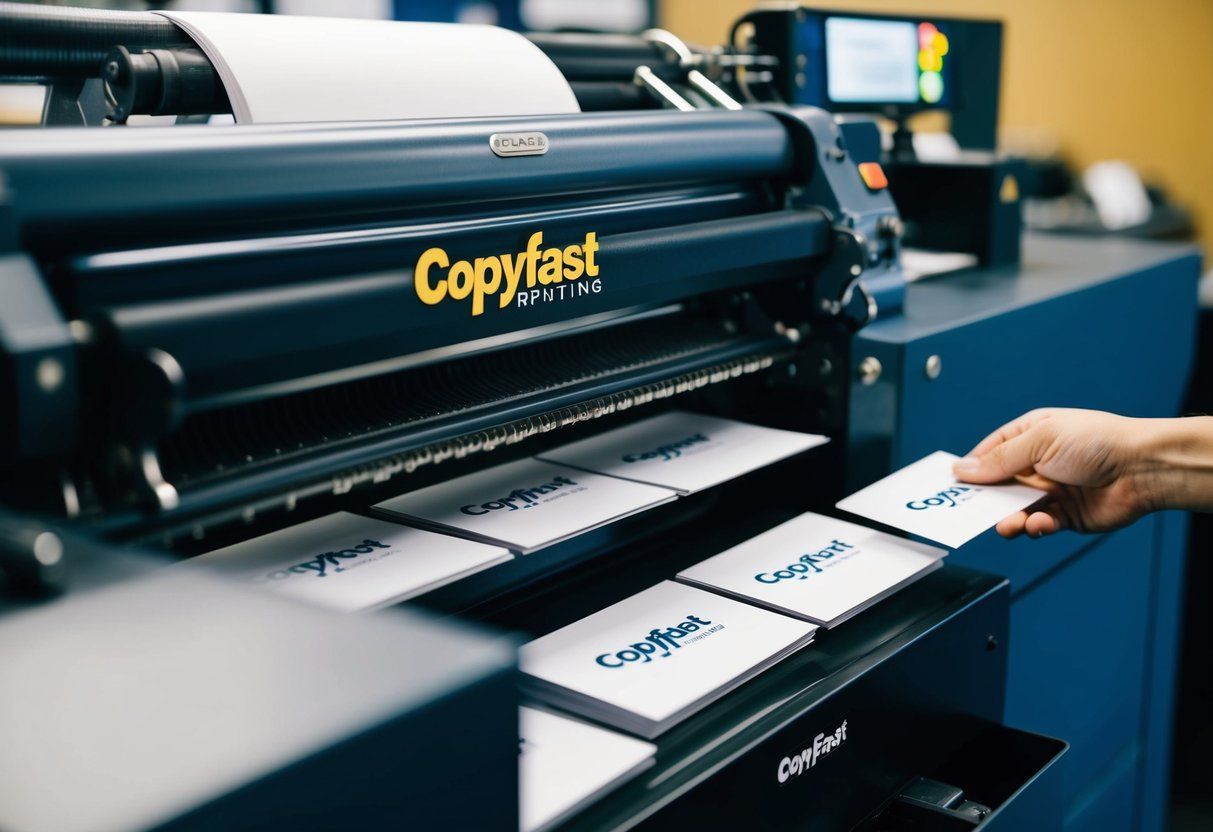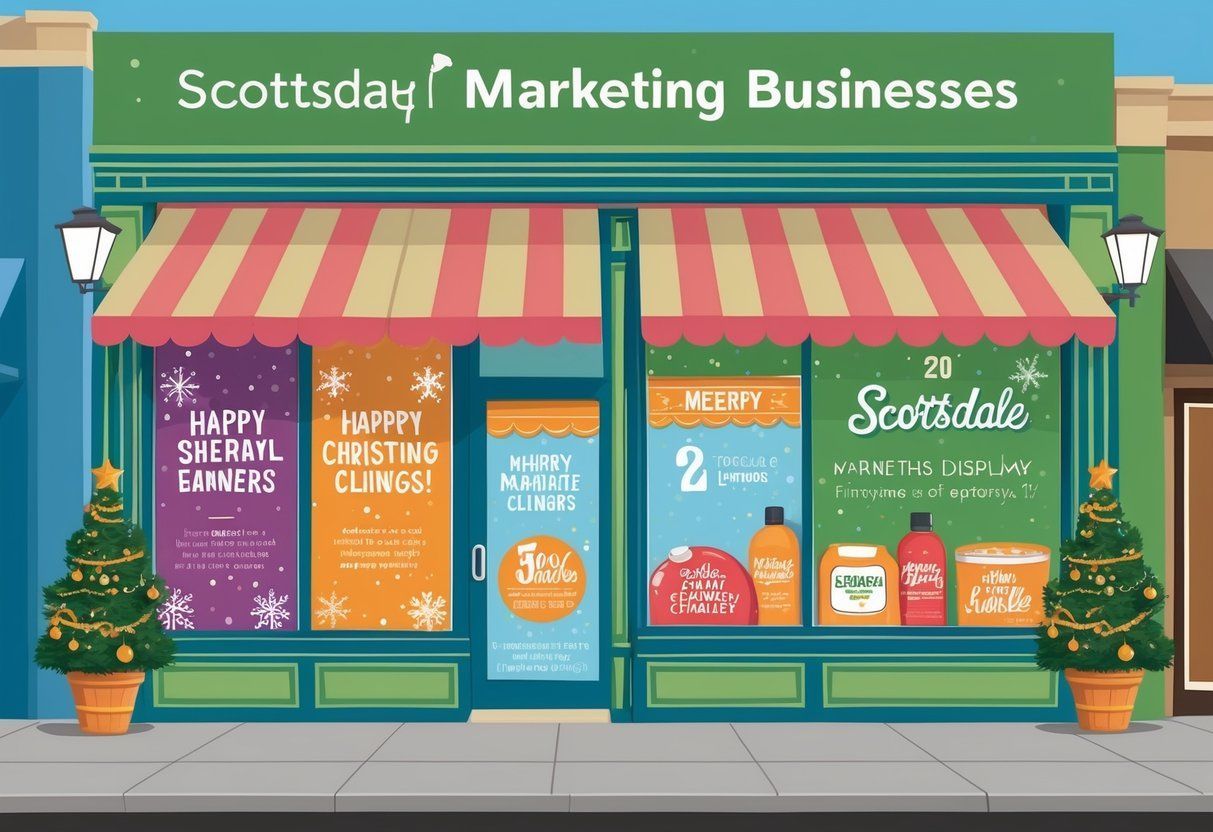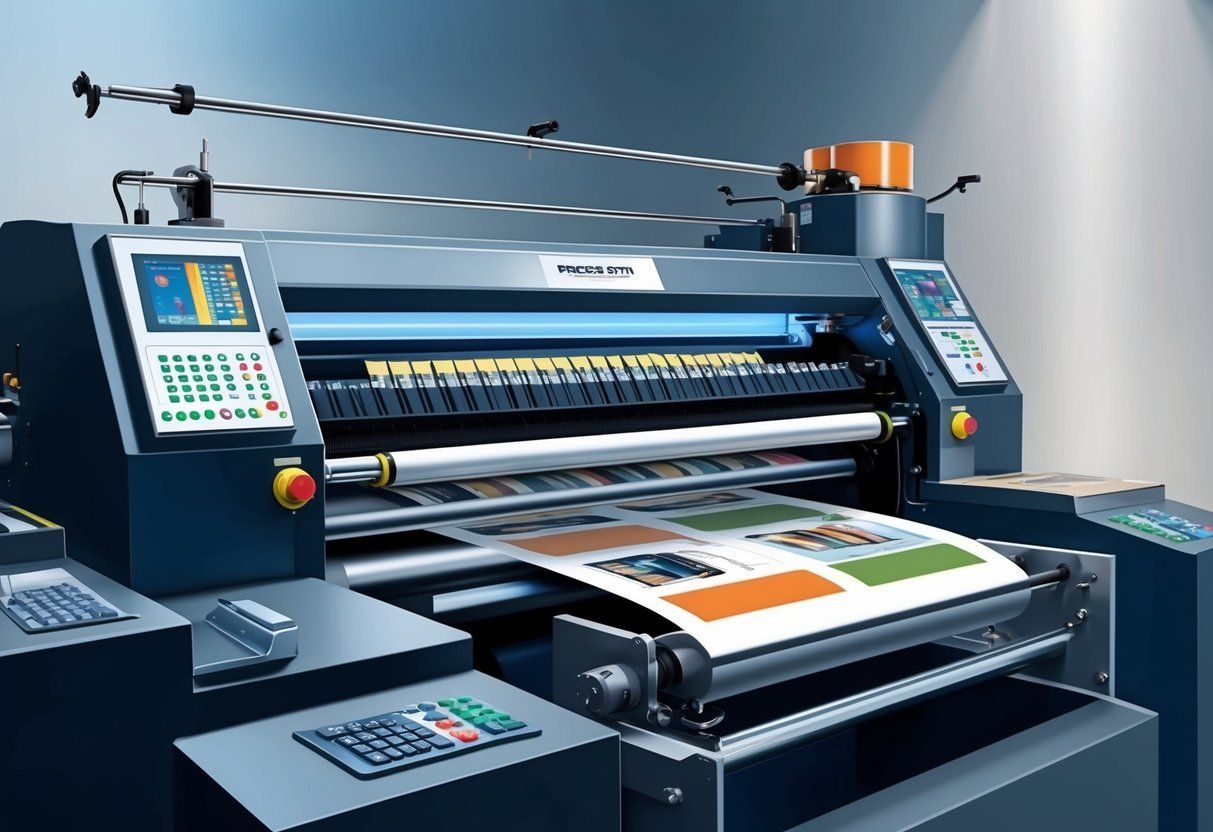Scottsdale Print Shop ) Mesa Print Shop ) Tempe Print Shop ) Phoenix Print Shop ) DC Ranch Print Shop ) Chandler Print Shop ) Peoria Print Shop ) Fountain Hills Print Shop ) Sun City Print Shop ) Glendale Print Shop ) Paradise Valley Print Shop ) Goodyear Print Shop ) Queen Creek Print Shop ) Avondale Print Shop ) Desert Ridge Print Shop ) Apache Junction Print Shop ) North Scottsdale Print Shop ) Pinnacle Peak Print Shop ) Grayawk Print Shop ) Kierland Print Shop ) Windsong Print Shop ) Mcdowell Mountain Ranch Print Shop ) Gainey Ranch Print Shop ) McCormick Ranch Print Shop ) Deer Valley Print Shop ) Arcadia Print Shop ) Troon Print Shop ) Silverleaf Print Shop ) Cave Creek Print Shop ) Old Town Print Shop ) South Scottsdale Print Shop ) Ancala Print Shop ) Central Phoenix Print Shop ) Carefree Print Shop ) Toleson Print Shop ) Ironwood Village Print Shop ) WIndgate Ranch Print Shop ) Northsight Print Shop ) Shea Print Shop ) Tatum Ranch Print Shop ) Casa Grande Print Shop ) Gilbert Print Shop ) Suprise Print Shop ) Buckeye Print Shop ) Scottsdale Banner Printing ) Mesa Banner Printing ) Tempe Banner Printing ) Phoenix Banner Printing ) DC Ranch Banner Printing ) Chandler Banner Printing ) Peoria Banner Printing ) Fountain Hills Banner Printing ) Sun City Banner Printing ) Glendale Banner Printing ) Paradise Valley Banner Printing ) Goodyear Banner Printing ) Queen Creek Banner Printing ) Avondale Banner Printing ) Desert Ridge Banner Printing ) Apache Junction Banner Printing ) North Scottsdale Banner Printing ) Pinnacle Peak Banner Printing ) Grayawk Banner Printing ) Kierland Banner Printing ) Windsong Banner Printing ) Mcdowell Mountain Ranch Banner Printing ) Gainey Ranch Banner Printing ) McCormick Ranch Banner Printing ) Deer Valley Banner Printing ) Arcadia Banner Printing ) Troon Banner Printing ) Silverleaf Banner Printing ) Cave Creek Banner Printing ) Old Town Banner Printing ) South Scottsdale Banner Printing ) Ancala Banner Printing ) Central Phoenix Banner Printing ) Carefree Banner Printing ) Toleson Banner Printing ) Ironwood Village Banner Printing ) WIndgate Ranch Banner Printing ) Northsight Banner Printing ) Shea Banner Printing ) Tatum Ranch Banner Printing ) Casa Grande Banner Printing ) Gilbert Banner Printing ) Suprise Banner Printing ) Buckeye Banner Printing ) Scottsdale Book Binding ) Mesa Book Binding ) Tempe Book Binding ) Phoenix Book Binding ) DC Ranch Book Binding ) Chandler Book Binding ) Peoria Book Binding ) Fountain Hills Book Binding ) Sun City Book Binding ) Glendale Book Binding ) Paradise Valley Book Binding ) Goodyear Book Binding ) Queen Creek Book Binding ) Avondale Book Binding ) Desert Ridge Book Binding ) Apache Junction Book Binding ) North Scottsdale Book Binding ) Pinnacle Peak Book Binding ) Grayawk Book Binding ) Kierland Book Binding ) Windsong Book Binding ) Mcdowell Mountain Ranch Book Binding ) Gainey Ranch Book Binding ) McCormick Ranch Book Binding ) Deer Valley Book Binding ) Arcadia Book Binding ) Troon Book Binding ) Silverleaf Book Binding ) Cave Creek Book Binding ) Old Town Book Binding ) South Scottsdale Book Binding ) Ancala Book Binding ) Central Phoenix Book Binding ) Carefree Book Binding ) Toleson Book Binding ) Ironwood Village Book Binding ) WIndgate Ranch Book Binding ) Northsight Book Binding ) Shea Book Binding ) Tatum Ranch Book Binding ) Casa Grande Book Binding ) Gilbert Book Binding ) Suprise Book Binding ) Buckeye Book Binding ) Scottsdale Booklet Printing ) Mesa Booklet Printing ) Tempe Booklet Printing ) Phoenix Booklet Printing ) DC Ranch Booklet Printing ) Chandler Booklet Printing ) Peoria Booklet Printing ) Fountain Hills Booklet Printing ) Sun City Booklet Printing ) Glendale Booklet Printing ) Paradise Valley Booklet Printing ) Goodyear Booklet Printing ) Queen Creek Booklet Printing ) Avondale Booklet Printing ) Desert Ridge Booklet Printing ) Apache Junction Booklet Printing ) North Scottsdale Booklet Printing ) Pinnacle Peak Booklet Printing ) Grayawk Booklet Printing ) Kierland Booklet Printing ) Windsong Booklet Printing ) Mcdowell Mountain Ranch Booklet Printing ) Gainey Ranch Booklet Printing ) McCormick Ranch Booklet Printing ) Deer Valley Booklet Printing ) Arcadia Booklet Printing ) Troon Booklet Printing ) Silverleaf Booklet Printing ) Cave Creek Booklet Printing ) Old Town Booklet Printing ) South Scottsdale Booklet Printing ) Ancala Booklet Printing ) Central Phoenix Booklet Printing ) Carefree Booklet Printing ) Toleson Booklet Printing ) Ironwood Village Booklet Printing ) WIndgate Ranch Booklet Printing ) Northsight Booklet Printing ) Shea Booklet Printing ) Tatum Ranch Booklet Printing ) Casa Grande Booklet Printing ) Gilbert Booklet Printing ) Suprise Booklet Printing ) Buckeye Booklet Printing ) Scottsdale Brochure Printing ) Mesa Brochure Printing ) Tempe Brochure Printing ) Phoenix Brochure Printing ) DC Ranch Brochure Printing ) Chandler Brochure Printing ) Peoria Brochure Printing ) Fountain Hills Brochure Printing ) Sun City Brochure Printing ) Glendale Brochure Printing ) Paradise Valley Brochure Printing ) Goodyear Brochure Printing ) Queen Creek Brochure Printing ) Avondale Brochure Printing ) Desert Ridge Brochure Printing ) Apache Junction Brochure Printing ) North Scottsdale Brochure Printing ) Pinnacle Peak Brochure Printing ) Grayawk Brochure Printing ) Kierland Brochure Printing ) Windsong Brochure Printing ) Mcdowell Mountain Ranch Brochure Printing ) Gainey Ranch Brochure Printing ) McCormick Ranch Brochure Printing ) Deer Valley Brochure Printing ) Arcadia Brochure Printing ) Troon Brochure Printing ) Silverleaf Brochure Printing ) Cave Creek Brochure Printing ) Old Town Brochure Printing ) South Scottsdale Brochure Printing ) Ancala Brochure Printing ) Central Phoenix Brochure Printing ) Carefree Brochure Printing ) Toleson Brochure Printing ) Ironwood Village Brochure Printing ) WIndgate Ranch Brochure Printing ) Northsight Brochure Printing ) Shea Brochure Printing ) Tatum Ranch Brochure Printing ) Casa Grande Brochure Printing ) Gilbert Brochure Printing ) Suprise Brochure Printing ) Buckeye Brochure Printing ) Scottsdale Business Card Printing ) Mesa Business Card Printing ) Tempe Business Card Printing ) Phoenix Business Card Printing ) DC Ranch Business Card Printing ) Chandler Business Card Printing ) Peoria Business Card Printing ) Fountain Hills Business Card Printing ) Sun City Business Card Printing ) Glendale Business Card Printing ) Paradise Valley Business Card Printing ) Goodyear Business Card Printing ) Queen Creek Business Card Printing ) Avondale Business Card Printing ) Desert Ridge Business Card Printing ) Apache Junction Business Card Printing ) North Scottsdale Business Card Printing ) Pinnacle Peak Business Card Printing ) Grayawk Business Card Printing ) Kierland Business Card Printing ) Windsong Business Card Printing ) Mcdowell Mountain Ranch Business Card Printing ) Gainey Ranch Business Card Printing ) McCormick Ranch Business Card Printing ) Deer Valley Business Card Printing ) Arcadia Business Card Printing ) Troon Business Card Printing ) Silverleaf Business Card Printing ) Cave Creek Business Card Printing ) Old Town Business Card Printing ) South Scottsdale Business Card Printing ) Ancala Business Card Printing ) Central Phoenix Business Card Printing ) Carefree Business Card Printing ) Toleson Business Card Printing ) Ironwood Village Business Card Printing ) WIndgate Ranch Business Card Printing ) Northsight Business Card Printing ) Shea Business Card Printing ) Tatum Ranch Business Card Printing ) Casa Grande Business Card Printing ) Gilbert Business Card Printing ) Suprise Business Card Printing ) Buckeye Business Card Printing ) Scottsdale Catalog Printing ) Mesa Catalog Printing ) Tempe Catalog Printing ) Phoenix Catalog Printing ) DC Ranch Catalog Printing ) Chandler Catalog Printing ) Peoria Catalog Printing ) Fountain Hills Catalog Printing ) Sun City Catalog Printing ) Glendale Catalog Printing ) Paradise Valley Catalog Printing ) Goodyear Catalog Printing ) Queen Creek Catalog Printing ) Avondale Catalog Printing ) Desert Ridge Catalog Printing ) Apache Junction Catalog Printing ) North Scottsdale Catalog Printing ) Pinnacle Peak Catalog Printing ) Grayawk Catalog Printing ) Kierland Catalog Printing ) Windsong Catalog Printing ) Mcdowell Mountain Ranch Catalog Printing ) Gainey Ranch Catalog Printing ) McCormick Ranch Catalog Printing ) Deer Valley Catalog Printing ) Arcadia Catalog Printing ) Troon Catalog Printing ) Silverleaf Catalog Printing ) Cave Creek Catalog Printing ) Old Town Catalog Printing ) South Scottsdale Catalog Printing ) Ancala Catalog Printing ) Central Phoenix Catalog Printing ) Carefree Catalog Printing ) Toleson Catalog Printing ) Ironwood Village Catalog Printing ) WIndgate Ranch Catalog Printing ) Northsight Catalog Printing ) Shea Catalog Printing ) Tatum Ranch Catalog Printing ) Casa Grande Catalog Printing ) Gilbert Catalog Printing ) Suprise Catalog Printing ) Buckeye Catalog Printing ) Scottsdale Commercial Printing ) Mesa Commercial Printing ) Tempe Commercial Printing ) Phoenix Commercial Printing ) DC Ranch Commercial Printing ) Chandler Commercial Printing ) Peoria Commercial Printing ) Fountain Hills Commercial Printing ) Sun City Commercial Printing ) Glendale Commercial Printing ) Paradise Valley Commercial Printing ) Goodyear Commercial Printing ) Queen Creek Commercial Printing ) Avondale Commercial Printing ) Desert Ridge Commercial Printing ) Apache Junction Commercial Printing ) North Scottsdale Commercial Printing ) Pinnacle Peak Commercial Printing ) Grayawk Commercial Printing ) Kierland Commercial Printing ) Windsong Commercial Printing ) Mcdowell Mountain Ranch Commercial Printing ) Gainey Ranch Commercial Printing ) McCormick Ranch Commercial Printing ) Deer Valley Commercial Printing ) Arcadia Commercial Printing ) Troon Commercial Printing ) Silverleaf Commercial Printing ) Cave Creek Commercial Printing ) Old Town Commercial Printing ) South Scottsdale Commercial Printing ) Ancala Commercial Printing ) Central Phoenix Commercial Printing ) Carefree Commercial Printing ) Toleson Commercial Printing ) Ironwood Village Commercial Printing ) WIndgate Ranch Commercial Printing ) Northsight Commercial Printing ) Shea Commercial Printing ) Tatum Ranch Commercial Printing ) Casa Grande Commercial Printing ) Gilbert Commercial Printing ) Suprise Commercial Printing ) Buckeye Commercial Printing ) Scottsdale Coroplast Signs ) Mesa Coroplast Signs ) Tempe Coroplast Signs ) Phoenix Coroplast Signs ) Scottsdale Digital Printing ) Mesa Digital Printing ) Tempe Digital Printing ) Phoenix Digital Printing ) DC Ranch Digital Printing ) Chandler Digital Printing ) Peoria Digital Printing ) Fountain Hills Digital Printing ) Sun City Digital Printing ) Glendale Digital Printing ) Paradise Valley Digital Printing ) Goodyear Digital Printing ) Queen Creek Digital Printing ) Avondale Digital Printing ) Desert Ridge Digital Printing ) Apache Junction Digital Printing ) North Scottsdale Digital Printing ) Pinnacle Peak Digital Printing ) Grayawk Digital Printing ) Kierland Digital Printing ) Windsong Digital Printing ) Mcdowell Mountain Ranch Digital Printing ) Gainey Ranch Digital Printing ) McCormick Ranch Digital Printing ) Deer Valley Digital Printing ) Arcadia Digital Printing ) Troon Digital Printing ) Silverleaf Digital Printing ) Cave Creek Digital Printing ) Old Town Digital Printing ) South Scottsdale Digital Printing ) Ancala Digital Printing ) Central Phoenix Digital Printing ) Carefree Digital Printing ) Toleson Digital Printing ) Ironwood Village Digital Printing ) WIndgate Ranch Digital Printing ) Northsight Digital Printing ) Shea Digital Printing ) Tatum Ranch Digital Printing ) Casa Grande Digital Printing ) Gilbert Digital Printing ) Suprise Digital Printing ) Buckeye Digital Printing ) Scottsdale Direct Mailing Services ) Mesa Direct Mailing Services ) Tempe Direct Mailing Services ) Phoenix Direct Mailing Services ) DC Ranch Direct Mailing Services ) Chandler Direct Mailing Services ) Peoria Direct Mailing Services ) Fountain Hills Direct Mailing Services ) Sun City Direct Mailing Services ) Glendale Direct Mailing Services ) Paradise Valley Direct Mailing Services ) Goodyear Direct Mailing Services ) Queen Creek Direct Mailing Services ) Avondale Direct Mailing Services ) Desert Ridge Direct Mailing Services ) Apache Junction Direct Mailing Services ) North Scottsdale Direct Mailing Services ) Pinnacle Peak Direct Mailing Services ) Grayawk Direct Mailing Services ) Kierland Direct Mailing Services ) Windsong Direct Mailing Services ) Mcdowell Mountain Ranch Direct Mailing Services ) Gainey Ranch Direct Mailing Services ) McCormick Ranch Direct Mailing Services ) Deer Valley Direct Mailing Services ) Arcadia Direct Mailing Services ) Troon Direct Mailing Services ) Silverleaf Direct Mailing Services ) Cave Creek Direct Mailing Services ) Old Town Direct Mailing Services ) South Scottsdale Direct Mailing Services ) Ancala Direct Mailing Services ) Central Phoenix Direct Mailing Services ) Carefree Direct Mailing Services ) Toleson Direct Mailing Services ) Ironwood Village Direct Mailing Services ) WIndgate Ranch Direct Mailing Services ) Northsight Direct Mailing Services ) Shea Direct Mailing Services ) Tatum Ranch Direct Mailing Services ) Casa Grande Direct Mailing Services ) Gilbert Direct Mailing Services ) Suprise Direct Mailing Services ) Buckeye Direct Mailing Services ) Scottsdale Flyer Printing ) Mesa Flyer Printing ) Tempe Flyer Printing ) Phoenix Flyer Printing ) DC Ranch Flyer Printing ) Chandler Flyer Printing ) Peoria Flyer Printing ) Fountain Hills Flyer Printing ) Sun City Flyer Printing ) Glendale Flyer Printing ) Paradise Valley Flyer Printing ) Goodyear Flyer Printing ) Queen Creek Flyer Printing ) Avondale Flyer Printing ) Desert Ridge Flyer Printing ) Apache Junction Flyer Printing ) North Scottsdale Flyer Printing ) Pinnacle Peak Flyer Printing ) Grayawk Flyer Printing ) Kierland Flyer Printing ) Windsong Flyer Printing ) Mcdowell Mountain Ranch Flyer Printing ) Gainey Ranch Flyer Printing ) McCormick Ranch Flyer Printing ) Deer Valley Flyer Printing ) Arcadia Flyer Printing ) Troon Flyer Printing ) Silverleaf Flyer Printing ) Cave Creek Flyer Printing ) Old Town Flyer Printing ) South Scottsdale Flyer Printing ) Ancala Flyer Printing ) Central Phoenix Flyer Printing ) Carefree Flyer Printing ) Toleson Flyer Printing ) Ironwood Village Flyer Printing ) WIndgate Ranch Flyer Printing ) Northsight Flyer Printing ) Shea Flyer Printing ) Tatum Ranch Flyer Printing ) Casa Grande Flyer Printing ) Gilbert Flyer Printing ) Suprise Flyer Printing ) Buckeye Flyer Printing ) Scottsdale Graphic Design ) Mesa Graphic Design ) Tempe Graphic Design ) Phoenix Graphic Design ) DC Ranch Graphic Design ) Chandler Graphic Design ) Peoria Graphic Design ) Fountain Hills Graphic Design ) Sun City Graphic Design ) Glendale Graphic Design ) Paradise Valley Graphic Design ) Goodyear Graphic Design ) Queen Creek Graphic Design ) Avondale Graphic Design ) Desert Ridge Graphic Design ) Apache Junction Graphic Design ) North Scottsdale Graphic Design ) Pinnacle Peak Graphic Design ) Grayawk Graphic Design ) Kierland Graphic Design ) Windsong Graphic Design ) Mcdowell Mountain Ranch Graphic Design ) Gainey Ranch Graphic Design ) McCormick Ranch Graphic Design ) Deer Valley Graphic Design ) Arcadia Graphic Design ) Troon Graphic Design ) Silverleaf Graphic Design ) Cave Creek Graphic Design ) Old Town Graphic Design ) South Scottsdale Graphic Design ) Ancala Graphic Design ) Central Phoenix Graphic Design ) Carefree Graphic Design ) Toleson Graphic Design ) Ironwood Village Graphic Design ) WIndgate Ranch Graphic Design ) Northsight Graphic Design ) Shea Graphic Design ) Tatum Ranch Graphic Design ) Casa Grande Graphic Design ) Gilbert Graphic Design ) Suprise Graphic Design ) Buckeye Graphic Design ) Scottsdale Large Format Printing ) Mesa Large Format Printing ) Tempe Large Format Printing ) Phoenix Large Format Printing ) DC Ranch Large Format Printing ) Chandler Large Format Printing ) Peoria Large Format Printing ) Fountain Hills Large Format Printing ) Sun City Large Format Printing ) Glendale Large Format Printing ) Paradise Valley Large Format Printing ) Goodyear Large Format Printing ) Peoria Postcard Printing ) Fountain Hills Postcard Printing ) Sun City Postcard Printing ) Glendale Postcard Printing ) Paradise Valley Postcard Printing ) Goodyear Postcard Printing ) Queen Creek Postcard Printing ) Avondale Postcard Printing ) Desert Ridge Postcard Printing ) Apache Junction Postcard Printing ) North Scottsdale Postcard Printing ) Pinnacle Peak Postcard Printing ) Grayawk Postcard Printing ) Kierland Postcard Printing ) Windsong Postcard Printing ) Mcdowell Mountain Ranch Postcard Printing ) Gainey Ranch Postcard Printing ) McCormick Ranch Postcard Printing ) Deer Valley Postcard Printing ) Arcadia Postcard Printing ) Troon Postcard Printing ) Silverleaf Postcard Printing ) Cave Creek Postcard Printing ) Old Town Postcard Printing ) South Scottsdale Postcard Printing ) Ancala Postcard Printing ) Central Phoenix Postcard Printing ) Carefree Postcard Printing ) Toleson Postcard Printing ) Ironwood Village Postcard Printing ) WIndgate Ranch Postcard Printing ) Northsight Postcard Printing ) Shea Postcard Printing ) Tatum Ranch Postcard Printing ) Casa Grande Postcard Printing ) Gilbert Postcard Printing ) Suprise Postcard Printing ) Buckeye Postcard Printing ) Scottsdale Poster Printing ) Mesa Poster Printing ) Tempe Poster Printing ) Phoenix Poster Printing ) DC Ranch Poster Printing ) Chandler Poster Printing ) Peoria Poster Printing ) Fountain Hills Poster Printing ) Sun City Poster Printing ) Glendale Poster Printing ) Paradise Valley Poster Printing ) Goodyear Poster Printing ) Queen Creek Poster Printing ) Avondale Poster Printing ) Desert Ridge Poster Printing ) Apache Junction Poster Printing ) North Scottsdale Poster Printing ) Pinnacle Peak Poster Printing ) Grayawk Poster Printing ) Kierland Poster Printing ) Windsong Poster Printing ) Mcdowell Mountain Ranch Poster Printing ) Gainey Ranch Poster Printing ) McCormick Ranch Poster Printing ) Deer Valley Poster Printing ) Arcadia Poster Printing ) Troon Poster Printing ) Silverleaf Poster Printing ) Cave Creek Poster Printing ) Old Town Poster Printing ) South Scottsdale Poster Printing ) Ancala Poster Printing ) Central Phoenix Poster Printing ) Carefree Poster Printing ) Toleson Poster Printing ) Ironwood Village Poster Printing ) WIndgate Ranch Poster Printing ) Northsight Poster Printing ) Shea Poster Printing ) Tatum Ranch Poster Printing ) Casa Grande Poster Printing ) Gilbert Poster Printing ) Suprise Poster Printing ) Buckeye Poster Printing ) Scottsdale Promotional Items Printing )
Maximizing the Impact of Your Business Cards: Exploring Cutting-Edge Designs and Materials
Business cards have stood the test of time as a staple in professional networking, serving as a tangible extension of an individual’s or company’s identity. They provide a brief yet impactful opportunity to leave a lasting impression on potential clients, collaborators, and contacts. With just a few square inches of cardstock, a well-crafted business card can communicate essential details and showcase a brand’s personality and values. The design and quality of a business card can significantly influence the perceived professionalism and attention to detail of the bearer, making it a critical tool for effective networking.

The materials and design of a business card are crucial aspects that work together to create its overall impact. Innovations in materials, including various textures and eco-friendly options, allow businesses to express their uniqueness and commitment to sustainability through their choice of cardstock. Similarly, advances in design techniques , such as the integration of brand colors, clear typography, and thoughtful use of space, ensure that the information is presented in an accessible and memorable way. This harmonious blend of form and function encourages a second glance, prompting deeper engagement and retaining the valuable information it conveys.
As the business world continues to evolve, the emphasis on creating an enduring professional identity means that every networking tool must be utilized to its fullest potential. Business cards are at the forefront of this movement, offering a physical representation of a professional persona that complements digital platforms. By embracing innovative design and material choices, professionals can maximize the effectiveness of their business cards, ensuring they stand out in a crowded marketplace and forge meaningful connections that could shape their career or business trajectory.
Crafting the Essential Elements
In designing business cards , ensuring the inclusion of essential elements is pivotal to maximizing their impact. These elements facilitate clear communication and establish lasting brand recognition.
Crucial Contact Information
The business card must present all vital contact details crisply to ensure the recipient can connect with the brand or individual with ease. At minimum, this information should encompass:
- Name : The full name of the individual or business.
- Phone Number : An accessible contact number, prefaced by an international dialing code if applicable.
- Email Address : A professional email that corresponds with the brand.
- Social Media : Relevant social media handles, formatted consistently.
These should be laid out clearly to avoid confusion, often placed on the card in order of importance or likelihood of use.
Compelling Visuals and Logos
Visual elements on a business card should not only capture attention but also convey the essence of the brand. This includes:
- Logo : A high-quality, scaled representation of the brand’s logo, positioned prominently.
- Color Scheme : A color palette that aligns with the brand’s image and ensures legibility.
- Typography : A font selection that maintains readability while complementing the brand’s identity.
The balance between these visually compelling elements and white space is crucial, as it affects the legibility and overall aesthetic appeal of the card.
Designing for Distinction
Distinctiveness in business card design is achieved through creative layouts, deliberate color selection, and engaging graphics, all of which contribute to the card’s unique personality and impact.
Innovative Layouts and Typography
The layout of a business card is foundational to its design. Innovations in layout might include asymmetry or the use of negative space to draw attention. Typographic choices are equally critical; they not only convey information but also an air of professionalism. Unique font pairings can set a business card apart, providing it with a distinctive visual hierarchy.
- Asymmetrical layouts
- Negative space utilization
- Font pairing
examples:
- Sans-serif for the company name
- Serif for contact details
Choosing an unconventional shape for a business card can enhance memorability. For instance, rounded corners may imply a softer, more approachable brand personality, while angular shapes can suggest precision and innovation.
- Standard rectangle
- Rounded corners
- Custom die-cut shapes
Selection and Meaning of Colors
The business card’s color palette is an immediate indicator of a brand’s identity. The choice of colors should align with the brand’s personality and the message it intends to deliver. Research on color psychology can guide the selection to evoke specific emotions or associations.
- Blue: Trust and professionalism
- Green: Growth and tranquility
- Red: Excitement and urgency
The use of an accent color can highlight important information like names or titles. A consistent color scheme across all branding materials ensures recognition and coherence.
Integrating Graphics and Images
Graphics and images can elevate a business card’s design when used thoughtfully. A minimalist emblem may serve as a memorable logo, whereas a full-background image must be balanced with legibility in mind.
- Minimalist emblems or logos
- Full-background images with careful text placement
- Use of negative space around graphics for clarity
Images should be high-resolution to avoid any loss of quality on the final print, ensuring a crisp and professional appearance. The integration of graphics demonstrates creativity and helps to convey the brand’s story visually.
Choosing the Right Material
Selecting the proper material for business cards can enhance perceived value and reinforce brand identity. Material choices affect both texture and eco-friendliness, making them fundamental to design considerations.
Textures and Sensory Experience
The texture of a business card contributes significantly to the tactile experience it offers. Metal business cards , although premium, provide a distinctive, smooth finish that can often signal a high-end service or product. On the other hand, a plastic card can be crafted with a variety of textures, from matte to glossy, each evoking a different sensory experience. Materials such as linen or cotton-based papers introduce a tactile depth that can make a card more engaging and memorable.
| Material | Texture Type | Tactile Quality |
|---|---|---|
| Metal | Smooth, often glossy | Premium, sleek |
| Plastic | Ranges from matte to glossy | Versatile, contemporary |
| Cotton-based Paper | Textured, sometimes embossed | Organic, rich |
Sustainable and Innovative Materials
The trend towards sustainability has made eco-friendly materials crucial in business card design. Recycled paper is a popular option, offering an environmentally responsible choice with a range of textures. Businesses are now also exploring less traditional materials such as bamboo, seed paper, or even upcycled textiles, each bringing a unique story to a brand’s messaging, while also promoting a commitment to the environment.
| Material | Eco-Friendly Quality | Innovation Note |
|---|---|---|
| Recycled Paper | High, reduces waste | Traditional, versatile |
| Bamboo | Renewable resource | Distinctive, lightweight |
| Seed Paper | Biodegradable, plantable | Interactive, memorable |
| Upcycled Textiles | Reduces textile waste | Creative, texturally rich |
By focusing on material, businesses can tailor their cards’ texture and sustainability impact to align with their brand’s values and identity.
Modern Innovations in Business Cards
In an evolving digital world, business cards have undergone significant transformations. They now embrace digital interactivity and customization options that allow for unique and memorable designs.
Digital Business Cards and Interactivity
The emergence of digital business cards marked a significant shift towards environmental sustainability and convenience in networking. These cards transcend physical limitations, easily integrating with smartphones and digital devices. Users can share their social media handles , contact information, and portfolios with a simple tap or scan, often through QR codes or NFC technology. Interactive elements in digital business cards lead to dynamic engagements, encouraging immediate connection via social networks or professional platforms.
Customization Techniques
Customization has become a hallmark of modern business cards, leveraging the latest in graphic design and printing innovations. Unique design elements help cards stand out, incorporating bold patterns and foil stamping to catch the eye. The design trends in business cards reflect a company’s brand identity, employing tailored color schemes and logos. Advanced printing techniques enable intricate designs without sacrificing the tactile quality of physical cards. This allows businesses to create a memorable touchpoint with clients and partners.
Extending the Network
Effective networking with business cards involves strategic dissemination at events and conscientious follow-up. A business card serves as a tangible extension of a brand’s identity and professional ethos.
Leveraging Cards at Networking Events
At networking events, the goal is to make lasting impressions on potential clients and contacts. Business card design plays a crucial role in this effort. Attendees should present cards that embody both professionalism and a personal touch . To facilitate better connections, the material of the card can also make a difference; a high-quality, unique texture can prompt further discussion and ensure the card stands out. Below is a list of suggested actions:
- Before the Event:
- Prepare a sufficient number of cards to avoid running out.
- Ensure the design reflects brand identity and attention to detail.
- During the Event:
- Engage in meaningful conversations before offering a card.
- Personalize the exchange by annotating cards with pertinent details about the meeting .
Following Up After the Exchange
The dialogue initiated at the networking event is furthered through follow-up . The follow-up should occur within a few days after the initial exchange, nurturing the potential connection and demonstrating dedication to professional relationships. Incorporating a reminder of the interaction, perhaps referring to a topic discussed or a specific detail on the business card itself, can help fortify the newly formed connection. A structured approach to follow-ups can be outlined as follows:
- Immediate Follow-Up:
- Send a personalized email referring to the shared conversation.
- Mention a unique element of your business card as a memory cue.
- Ongoing Communication:
- Keep track of the contacts made using a CRM or similar system.
- Reach out periodically to maintain engagement and open doors to future opportunities.
Frequently Asked Questions
Business cards remain a crucial tool in building professional networks. This section addresses common questions related to their design and material innovations.
What are some innovative materials I can use for my business cards to stand out?
Business cards crafted from unconventional materials such as wood, metal, and recycled fabrics offer a unique tactile experience that can capture attention. These materials not only differentiate one’s card but also can reflect personal or brand sustainability values.
How do high-quality business cards enhance networking opportunities?
They convey a sense of professionalism and attention to detail, signaling that an individual or business takes their networking seriously. The sturdiness and finish of high-quality cards can leave a lasting impression that correlates with a reputable brand image.
What are the latest trends in business card design for making a lasting impression?
Minimalist designs with clean lines and ample white space are trending, along with interactive elements like QR codes that bridge the gap between physical and digital. Use of bold typography and contrasting color schemes are effective for capturing attention and making a memorable statement.
How can I incorporate my brand identity into my business card design effectively?
Employing brand colors, fonts, and logos strategically on business cards ensures consistency with other marketing collateral. This cohesive approach is powerful for brand recognition and reinforces brand identity with every card exchange.
In what ways can a business card’s texture impact a recipient’s perception of my company?
Texture can subtly influence the perceived quality and sophistication of a business. Options like embossing, high-gloss spots, or matte finishes can add a sensory dimension that makes the card—and by extension, the company—more memorable.
How can I ensure my business card design is both memorable and professional?
Balancing creativity with elegance is key. Aim for a design that reflects the brand’s personality without compromising on readability and sophistication. A professional designer can help achieve a look that stands out while maintaining a refined aesthetic.…


